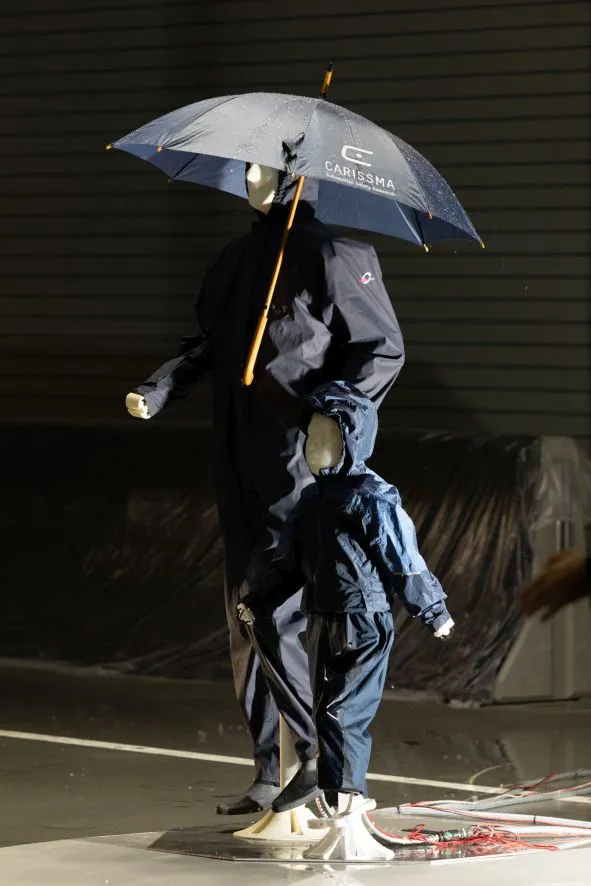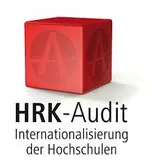The functionality of future driver assistance function, automation function and safety functions must be permanently available and accessible to ensure driver support and occupant protection. Predictive automotive sensors (e.g. radar) must therefore detect and interpret their surroundings in all environmental conditions reliably and robustly.
Firstly natural environmental influences like rain and fog are investigated in test center C-ISAFE to analyze their basic structure and composition, in a following step the generations of these influences will be realized. In addition, the test hall is shielded by simulation-based and selective installation of damping pyramid absorbers in order to avoid any falsification of measurements. In this way we achieve the reproduction of natural environmental influences in the "radar-friendly" C-ISAFE test hall. New sensor generations in the future can be tested in a cascaded manner.
Contact: Prof. Dr.-Ing. Thomas Brandmeier, Dr. Dagmar Steinhauser




![[Translate to English:] Logo Akkreditierungsrat: Systemakkreditiert](/fileadmin/_processed_/2/8/csm_AR-Siegel_Systemakkreditierung_bc4ea3377d.webp)








![[Translate to English:] Logo IHK Ausbildungsbetrieb 2023](/fileadmin/_processed_/6/csm_IHK_Ausbildungsbetrieb_digital_2023_6850f47537.webp)


